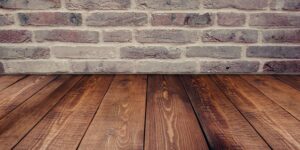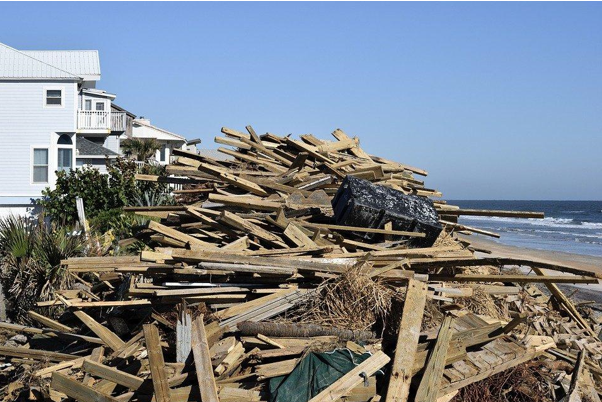Hardwood floors are a prized feature in many homes due to their natural beauty and timeless appeal. However, they are also vulnerable to water damage, which can lead to irreversible harm if not addressed promptly and properly. In this article, we will explore the effects of water damage on hardwood floors and provide essential guidance on how to fix water damaged swollen wood floor, and how to save and restore them.
Understanding Water Damage Effects on Hardwood Floors
A. Cupping
- Cupping is a term used to describe the concave shape that occurs when the edges of hardwood floorboards are higher than the center. This is usually caused by the boards absorbing too much moisture from the bottom.
- You can identify cupping by looking for raised edges and a concave shape on the affected surface, as well as a hollow sound when you walk on it.
- Cupping can cause hardwood floors to buckle, create gaps, and become potential tripping hazards by compromising their structural integrity.
B. Crowning
- When the center of hardwood floorboards becomes higher than the edges and forms a convex shape, it is called crowning. This occurs due to excessive moisture from the top surface and is opposite to cupping.
- It can be identified by the presence of a rounded or humped shape, visible stress marks, and possible discoloration.
- Crowning is a phenomenon that can impact the stability and appearance of hardwood floors, causing an uneven surface and potentially leading to squeaking.II. Assessing Water Damage Severity

A. It’s important to know where and for how long water has been present to determine the extent of damage. Whether caused by a burst pipe, leaking roof, or flood, identifying and dealing with the source quickly is necessary.
B. Assessing the severity of damage can be done by determining how much water has penetrated and been absorbed. The extent of damage is influenced by various factors such as the volume of water, length of exposure, and the type of hardwood flooring.
C. It is highly advisable to seek help from a water damage restoration professional. Their expertise can provide valuable insights on the degree of damage and the most suitable restoration methods.
Steps to Save Water-Damaged Hardwood Floors

A. Immediate Response
- To stay safe during water damage, turn off the electricity in the affected areas and do not touch standing water.
- As soon as possible, remove standing water and start the drying process. To effectively eliminate excess water, consider using a wet/dry vacuum or professional extraction equipment.
B. Assessing and Documenting Damage
- Examine the hardwood floor for any indications of cupping or crowning, and record the locations that have been impacted by taking photographs to use for insurance purposes.
- To make sure your insurance claim is processed correctly and to assess the necessary restoration accurately, it is important to document the damage.
C. Water Damage Restoration
- Engage professional help from water damage restoration experts who specialize in hardwood floors. They possess the knowledge, experience, and equipment to handle the restoration process efficiently and effectively.
- Use techniques for dehumidification and moisture removal to restore moisture balance in the affected area. You may need to use high-capacity dehumidifiers, air movers, and targeted heat sources.
- If the damage to the floorboards is significant, you may need to either replace them or have them refinished. It’s recommended to consult with professionals who can provide guidance on the most appropriate course of action for your particular situation.
D. Preventive Measures
- To minimize the risk of moisture penetrating from below, consider installing moisture barriers or vapor retarders either during your initial hardwood floor installation or as an additional preventive measure.
- To avoid long-term damage, it is important to routinely check and maintain hardwood floors for any water damage. In case of any spills or leaks, take immediate action to address them.
Professional Services
To save hardwood floors after water damage, it is crucial to take immediate action and seek professional help. By following the steps mentioned in this article and prioritizing prevention, homeowners can protect the beauty and lifespan of their hardwood floors.
Prevention is key to avoid the costly and disruptive consequences of water damage on hardwood floors. By taking swift action, seeking professional expertise, and implementing preventative measures such as moisture barriers, homeowners can ensure the long-lasting beauty and durability of their hardwood floors for years to come. Call us today!



